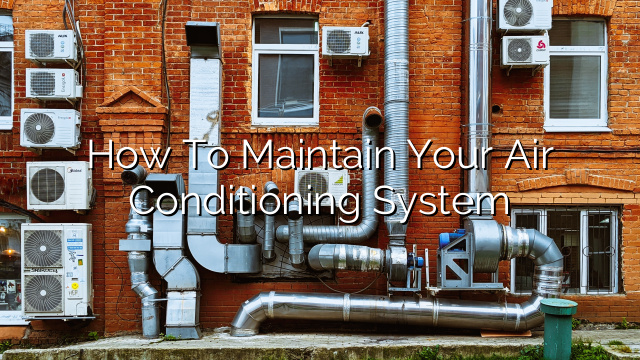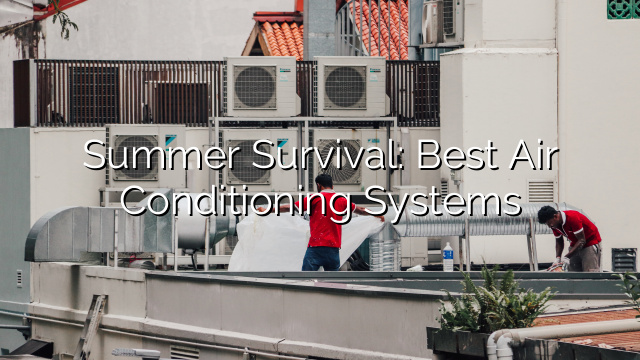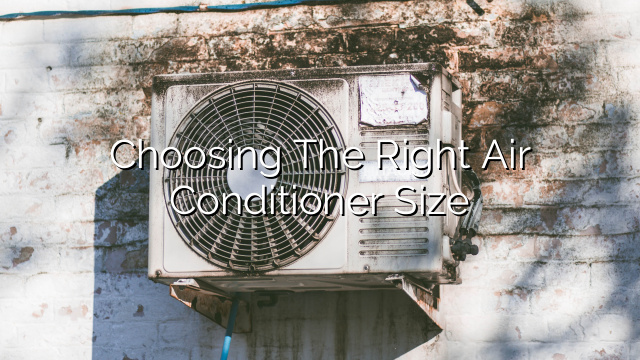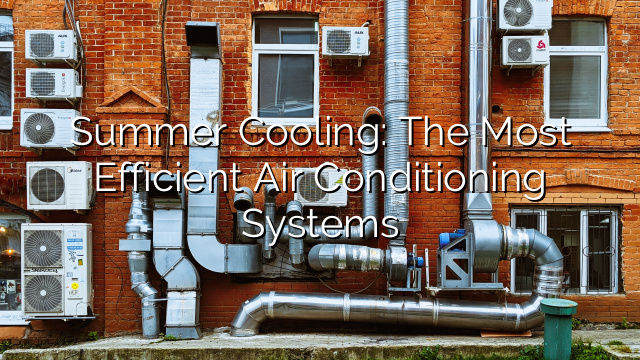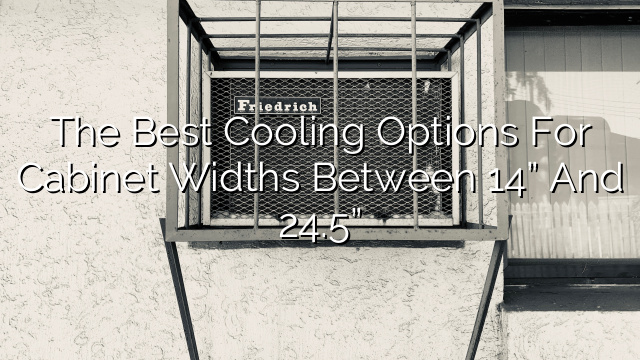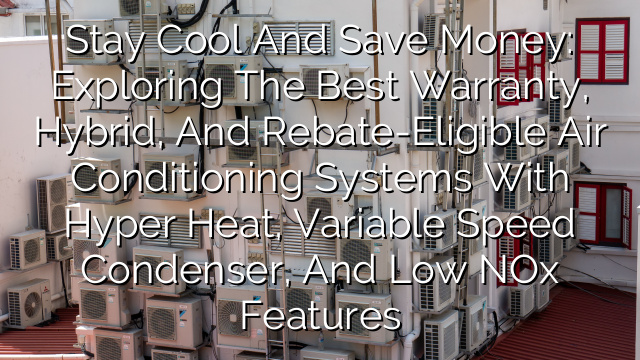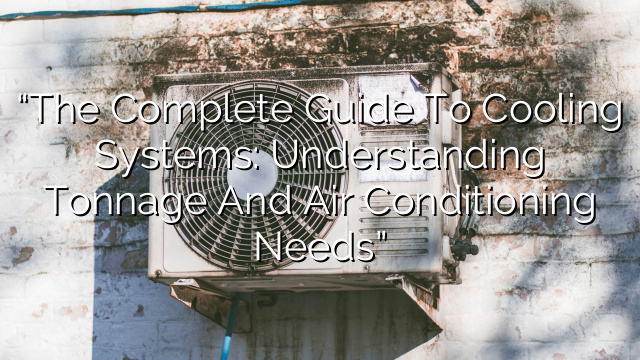The Best Cooling and Air Conditioning Systems for the Northern and Southern US
When it comes to keeping your home cool and comfortable, having the right cooling and air conditioning system is essential. Whether you live in the Northern or Southern United States, there are specific factors to consider when choosing the best cooling system for your region. In this article, we will discuss the different types of cooling systems available, their benefits, and which ones are best suited for the Northern and Southern US regions.
Types of Cooling and Air Conditioning Systems
Before we dive into the best cooling systems for specific regions, let’s first explore the different types of cooling and air conditioning systems available:
- Central Air Conditioning: This is the most common type of cooling system found in residential homes. It uses ducts to distribute cool air throughout the house, making it an efficient option for cooling larger spaces.
- Window Air Conditioning Units: These units are relatively inexpensive and easy to install. They are designed to cool a single room and are not suitable for cooling larger areas or multiple rooms.
- Ductless Mini-Split Systems: These systems consist of an outdoor compressor unit and one or more indoor air handlers. They are ideal for homes without existing ductwork and offer greater flexibility for cooling individual zones or rooms.
- Evaporative Coolers: Also known as swamp coolers, these systems use water evaporation to cool the air. They are more energy-efficient than traditional air conditioners and work best in dry climates.
Cooling Systems for the Northern US
The Northern United States experiences colder temperatures for a significant part of the year, so the cooling needs are different from those in the Southern US. Here are the best cooling systems for the Northern US:
- Central Air Conditioning: While this system may not be in use as frequently as in the South, it is still a popular choice for homes in the Northern US. Central air conditioning can also double as a heating system during colder months, providing year-round comfort.
- Ductless Mini-Split Systems: These systems offer precise temperature control and allow you to cool specific zones or rooms without wasting energy on unoccupied areas. This flexibility is particularly useful in the Northern US, where certain rooms may need more cooling than others.
- Heat Pumps: Heat pumps are an excellent option for the Northern US as they can both heat and cool your home. They are highly energy-efficient and can help reduce your overall heating and cooling costs, making them a popular choice for homeowners in colder regions.
Cooling Systems for the Southern US
The Southern United States experiences hot and humid summers, making reliable cooling systems a necessity. Here are the best cooling systems for the Southern US:
- Central Air Conditioning: Due to the frequent and prolonged hot spells, central air conditioning is the most common and effective cooling system in the Southern US. It provides consistent cooling throughout the entire house and helps maintain comfortable indoor temperatures even during extreme heatwaves.
- Window Air Conditioning Units: While not as effective as central air conditioning, window units are a budget-friendly option for cooling individual rooms or small apartments. They are easy to install and can provide temporary relief during peak summer months.
- Evaporative Coolers: In dry climates, evaporative coolers can be an energy-efficient alternative to traditional air conditioners. They work best in arid regions like the desert Southwest, where the air is very dry, helping to reduce energy consumption and utility costs.
FAQ
- What is the most energy-efficient cooling system?
The most energy-efficient cooling system will depend on several factors, including climate, budget, and the size of your home. However, ductless mini-split systems and heat pumps are generally considered the most energy-efficient options.
- How often should I maintain my cooling system?
Regular maintenance is crucial for keeping your cooling system running efficiently. It is recommended to have your system professionally serviced at least once a year, preferably before the start of the cooling season.
- What size cooling system do I need for my home?
The size of the cooling system you need will depend on the size and layout of your home, insulation levels, and local climate. It is best to consult with a professional HVAC technician who can assess your specific requirements and recommend the right-sized system for your home.
- Can I install a cooling system myself?
While some cooling systems, like window units, may be suitable for DIY installation, most systems, such as central air conditioning and ductless mini-splits, require professional installation. Improper installation can lead to performance issues, inefficiency, and potential damage to the equipment.
- What is the average lifespan of a cooling system?
The average lifespan of a cooling system can vary depending on the type of system and proper maintenance. On average, central air conditioners and ductless mini-splits can last 12 to 15 years, while window units typically have a shorter lifespan of about 8 to 10 years.
Choosing the right cooling and air conditioning system for your region is crucial for maintaining comfort and energy efficiency in your home. Whether you live in the Northern or Southern US, understanding the different types of cooling systems available and their specific benefits will help you make an informed decision. Consult with a professional HVAC technician to determine the best cooling system for your home’s specific needs.


